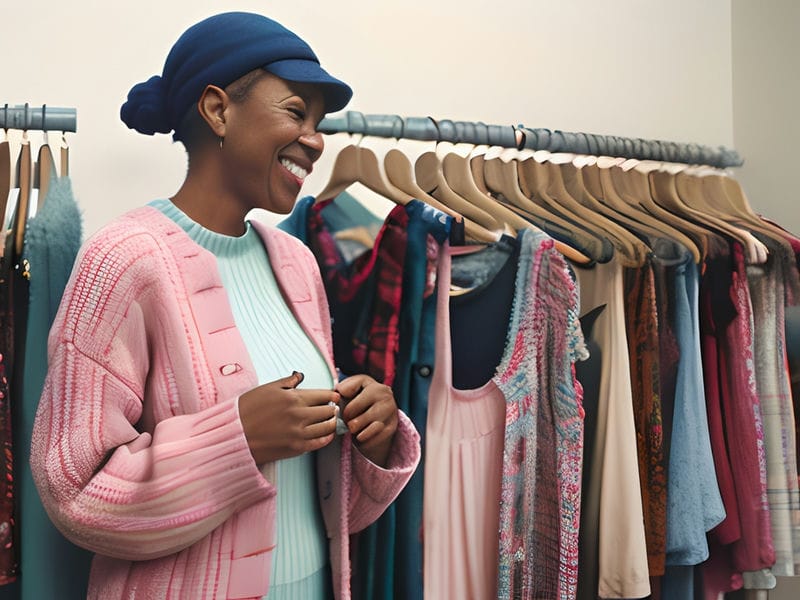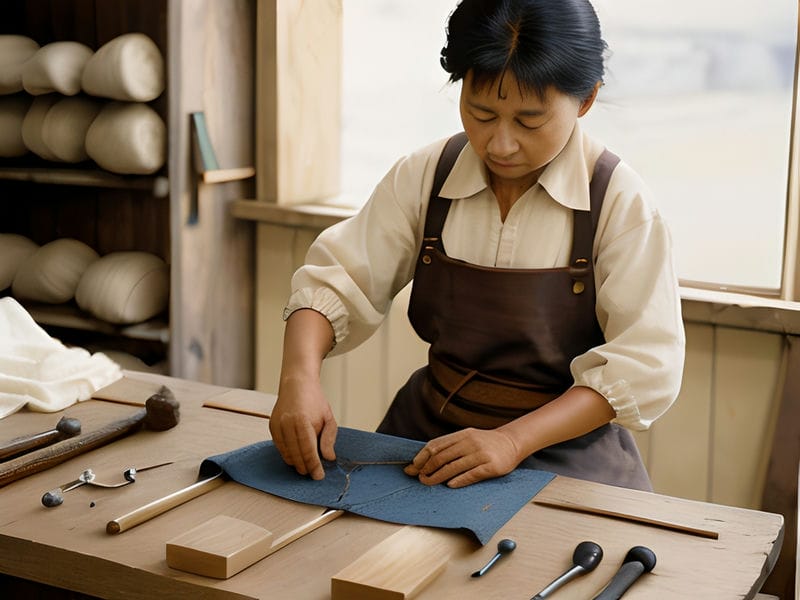The Role of Advocacy in Driving Fashion Sustainability
The impact of fast fashion on the environment and climate change.
The fashion industry is undergoing a major shift as consumers become more aware of the environmental and social issues associated with the production of clothing. From the use of hazardous chemicals in manufacturing to the exploitation of garment workers, there are numerous challenges that need to be addressed in order to create a more sustainable industry.
Advocacy plays a crucial role in driving fashion sustainability by raising awareness about these issues and pushing for change within the industry. Local production reduces carbon footprint How Greta Thunberg is Influencing Sustainable Fashion Fair Trade Fashion. Secondhand shopping is eco-friendly Rou So Sustainable Fashion Linen. Advocates work tirelessly to educate consumers about the impact of their purchasing decisions, encouraging them to support brands that prioritize ethical and environmentally friendly practices.
One of the key environmental issues facing the fashion industry is water pollution. The textile dyeing process requires vast amounts of water, much of which ends up contaminated with harmful chemicals before being discharged into rivers and streams. Advocates are calling for stricter regulations on wastewater disposal and promoting alternative dyeing methods that are less harmful to the environment.
Another pressing issue is the treatment of garment workers, particularly those in developing countries where labor laws are often lax.
The Role of Advocacy in Driving Fashion Sustainability - color Ellie
- Vest
- Payton
- color Availability
In conclusion, advocacy plays a vital role in driving fashion sustainability by holding companies accountable for their actions and pushing for greater transparency and accountability within the industry. As consumers become more informed and demand more ethical practices from brands, advocates will continue to play a crucial role in shaping a more sustainable future for fashion.












